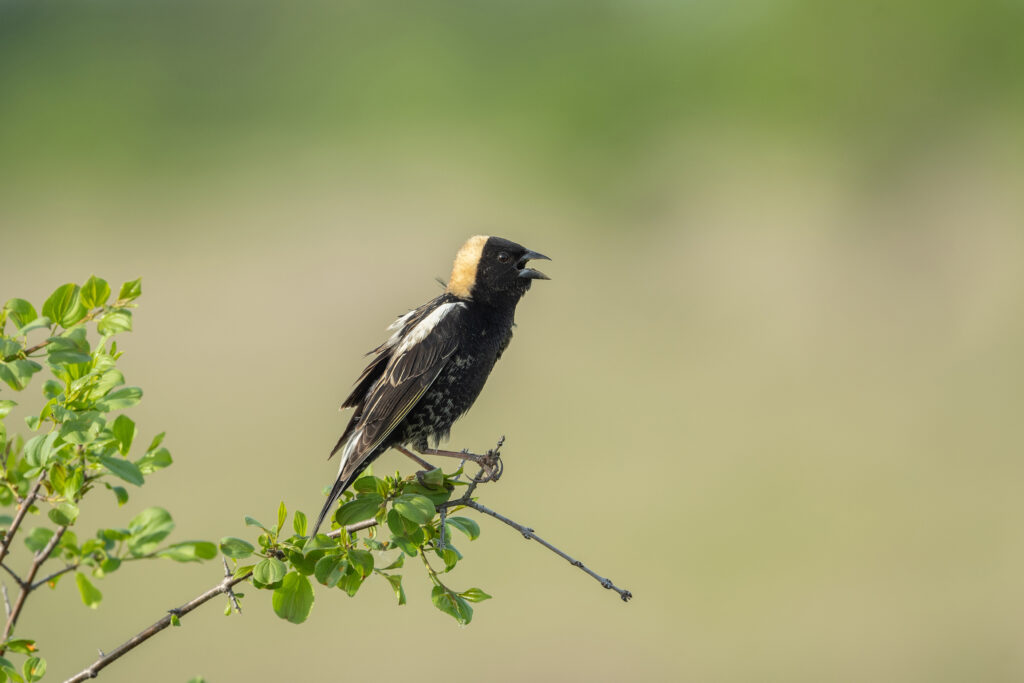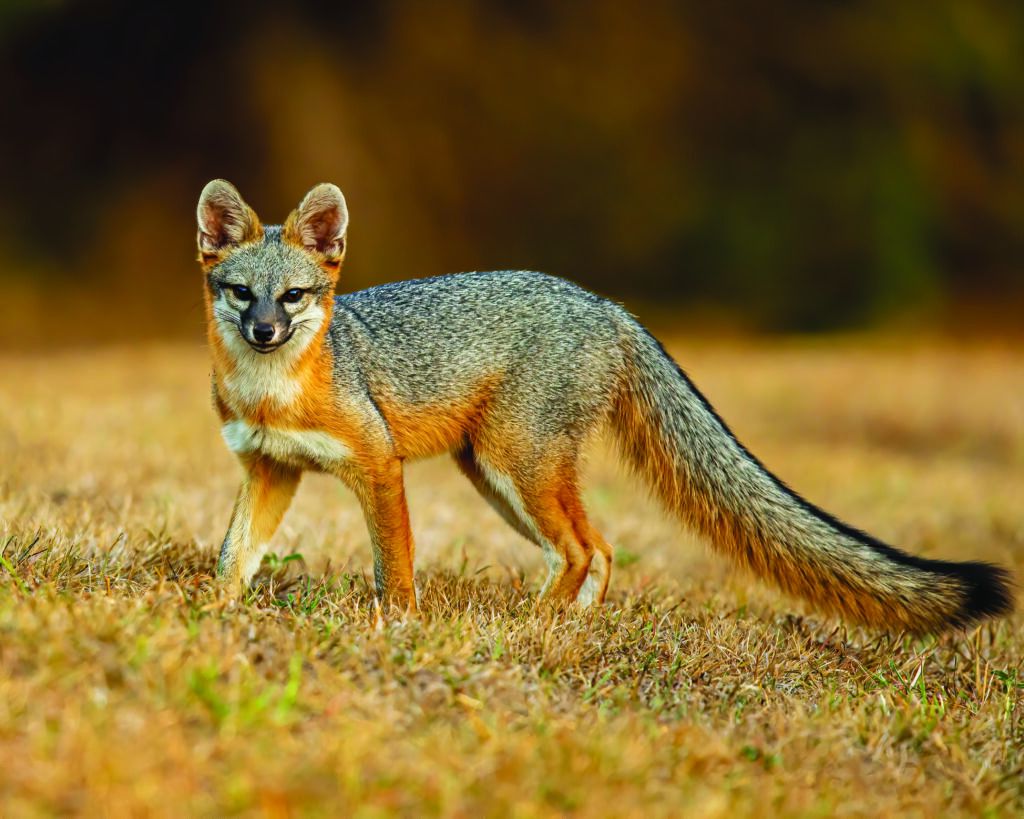Bring back nature, bring back the promise of a future where wildlife and people thrive
When you envision the future of nature, what do you see?
I imagine forests that stretch as far as the eye can see, bursting with majestic trees and earthy smells. Lush wetlands echoing with the songs of countless birds. At-risk species like the grey fox returning to their habitats and reviving the intricate balance of ecosystems. Above all, I picture a healthy planet where future generations can grow up surrounded by nature and wildlife — the way I grew up — because we did all that we could to keep climate change in check.
You may share my vision. But every single day, we’re getting closer to a very different future — one where our planet is four degrees warmers, where vital habitats have been degraded and destroyed, and where more than one million species could be lost forever.
The good news is that the path we’re on is reversible. If we restore nature, we can restore the promise of this brighter future, for us and the generations that follow.

To build this future, we first need to take stock of where we are today.
Across Canada, around 50 million hectares of natural ecosystems— an area half the size of Ontario — has been converted into agricultural lands, roads, energy infrastructure and other human uses.
The loss of vital habitat threatens species like short-eared owls, barren-ground caribou, Chinook salmon and wood turtles. In fact, our Living Planet Report Canada identified land-use as the biggest threat to wildlife.
Nature loss also jeopardizes our ability to fight climate change, and in some cases, directly contributes to it by releasing stored carbon into the atmosphere.
While we can’t protect what’s already been lost, we can restore it.
So far, Canada has committed to the 2030 restoration targets under the Kunming-Montreal agreement and to restoring 19 million hectares of degraded and deforested land under the Bonn Challenge, but it hasn’t released a national target for restoration, nor identified priority areas to restore.
To point conversation efforts in the right direction, WWF-Canada’s has undertaken significant research to identify 3.9 million hectares of converted land — an area a little bigger than Vancouver Island — that, if restored, will benefit both wildlife and climate. Of these priority areas for restoration, nearly three-quarters are in southern Ontario and Quebec where threatened species like the grey fox, monarch butterfly, western chorus frog, bobolink and short-eared owl live.
Learn more about our Restoration Analysis
Help restore the way forward
We’ve already started working with governments, non-governmental organizations, Indigenous Nations, local communities and individuals all across Canada to revitalize converted landscapes.
In southern Ontario, we’re supporting the Nottawasaga Valley Conservation Authority as they plant thousands of carbon-sequestering trees and seed grasslands. In southern B.C., the Comox Valley Project Watershed Society, K’ómoks First Nation and the City of Courtenay are restoring tidal marshes and riverside forests that were degraded by an abandoned sawmill using funding from our Nature and Climate Grant Program. In southern Quebec, we’re working with municipalities to restore biodiversity corridors under powerlines. And, through our new re:grow program, we’re mobilizing gardeners throughout Canada to grow native plants in their yards, balconies and community spaces.
These projects are proof that we can reverse the impact of decades of development on nature — and we’re only getting started. By 2030, WWF-Canada aims to restore at least one million hectares of lost and degraded ecosystems.


